Packaging is an important part of our lives. It not only protects the product we buy but also helps us to identify and store it properly. The latest trend in packaging is intelligent packaging solutions.
In recent years, there has been a trend in packaging to use intelligent solutions. This means that the packaging is designed to be more efficient and better for the environment. One example of this is using biodegradable materials. Another trend is using less packaging overall. This can be done by making products smaller or by using less material in the packaging itself.
1. What is Intelligent Packaging?
Intelligent packaging is a term used to describe the use of technology in order to improve the efficiency and effectiveness of product packaging. This can be done by automating certain processes, such as labeling and packing, or by using sensors to detect when a product has been opened and automatically sending a notification to the customer. Intelligent packaging can also help reduce waste since it can identify which products are being returned or unused and re-pack them accordingly.
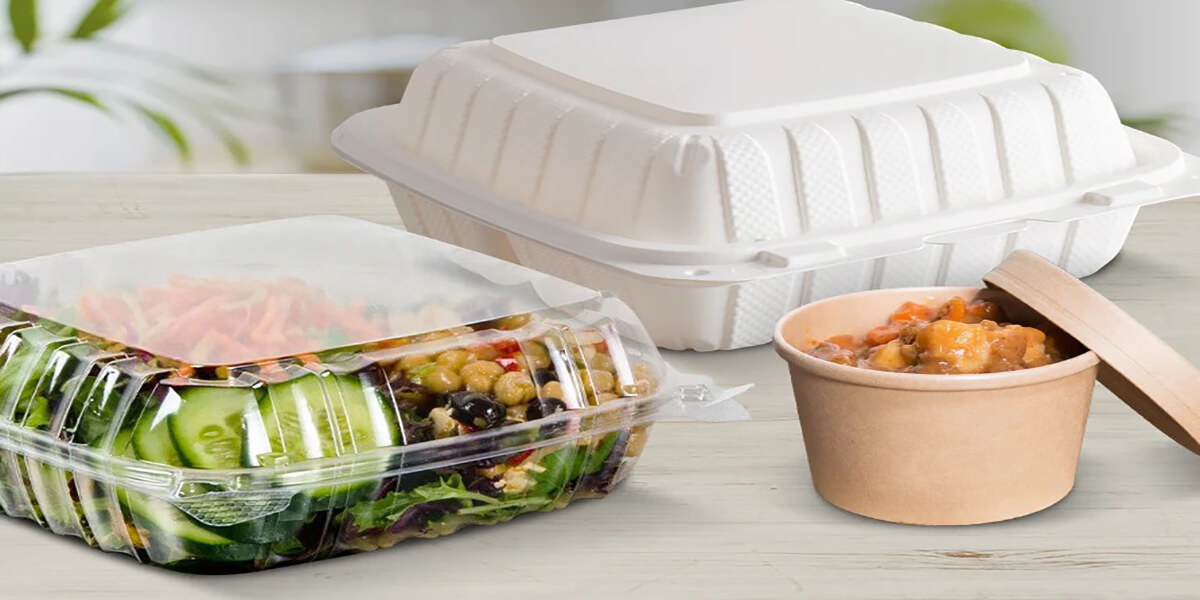
2. Why it is Important?
There are a number of reasons why it is important to use intelligent packaging technology.
For one, it can help reduce waste. By using intelligent packaging technology, products can be packaged in a way that is more efficient and less wasteful. This can help to reduce the amount of garbage that is produced each year, which is something that everyone can benefit from.
Furthermore, intelligent packaging technology can also help to improve the safety of products. By using sensors and other technologies, packages can be monitored in order to ensure their safety during transport and storage. This helps to avoid any potential accidents or injuries, which is always a concern for consumers.
Finally, intelligent packaging technology can also enhance the customer experience.
3. How to do Intelligent Packaging for food packaging?
There are many ways to do intelligent packaging, but here are five best practices:
1. Use data to improve your packaging. 2. Use machine learning and artificial intelligence to optimize your packaging. 3. Use sensors and tracking technology to monitor the condition of your products during shipping and storage. 4. Use RFID tags and sensors to track product location and inventory levels throughout the supply chain. 5. Automate the packing process using robotics or machine learning algorithms.
1) Use data to improve your packaging
There is no question that data can be a powerful tool for improving the packaging of food. By understanding consumer behavior and preferences, businesses can create packaging that is more appealing to consumers, which can lead to increased sales.
Some of the ways in which data can be used to improve food packaging include -Understanding what types of products are being packaged and how consumers are using them; -Determining what type of graphics or images are most effective in attracting attention; -Studying how different packaging styles impact sales; and -Developing marketing campaigns that target specific demographics or regions.
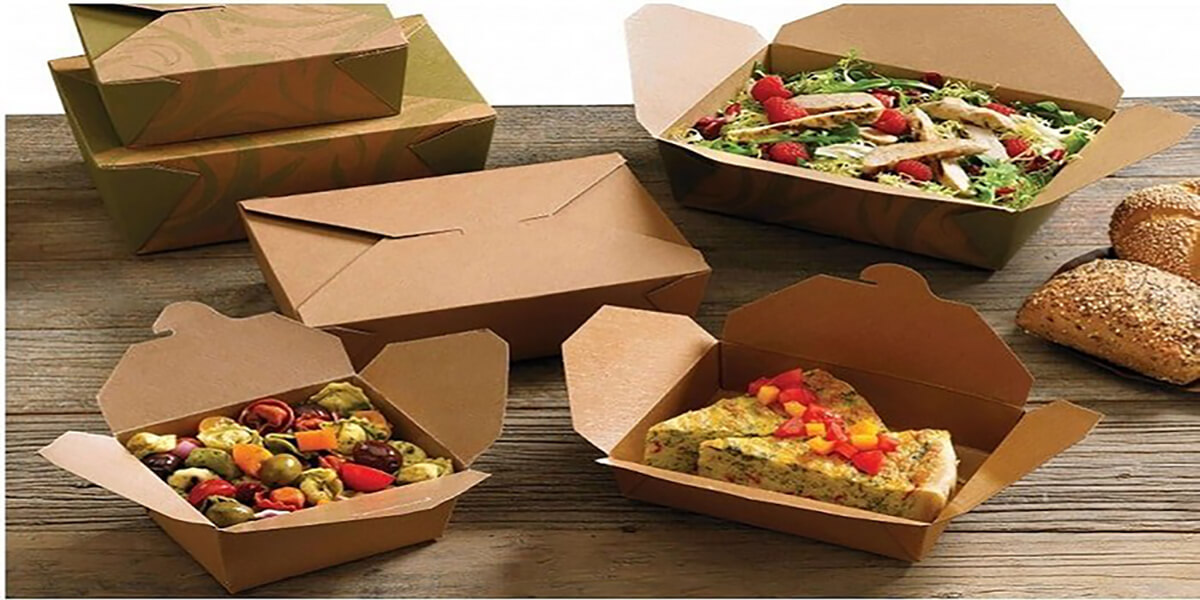
2) Use machine learning and artificial intelligence to optimize your packaging
There are a number of ways that machine learning and artificial intelligence can be used to optimize food packaging. One example is using these technologies to help determine the best way to package food items in order to maintain their quality and ensure they reach their destination in an optimal condition. By using machine learning algorithms, food manufacturers can identify patterns in how products are being stored and shipped, which can help them make better decisions about how best to package those products.
Additionally, this technology can be used to create new packaging designs that are more efficient and effective at protecting food from damage during transport.
3) Use sensors and tracking technology to monitor the condition of your products during shipping and storage
Here are some things that need to be used in monitoring.
#1. Time and Temperature Indicators
The use of Time and Temperature Indicators (TTI) to monitor food quality has been beneficial because they are simple, affordable, and efficient. Kinetic studies and modeling of loss ratios are necessary for the effective implementation of a control system-based TTI.
Different types of temperature-sensitive trade have been developed on the enzymatic and polymeric bases, as well as biological reactions. To ensure the safety and quality of food products that need a certain temperature, it is important to monitor changes in these parameters from production to the final consumer.
If the food is exposed to a different recommended temperature, an irreversible chemical change will be reflected in TTI.
#2. Integrity Indicator
The gas composition in the package may change due to the interaction of food with the environment. Indicators are a useful means of controlling the toxic composition of gases produced from decomposing food in a food container that can endanger consumers’ health.
Packages containing food should be inspected for any signs of tampering, such as oxygen bubbles. If there are any signs of leakage or improper sealing, the package should not be consumed.
#3. Freshness Indicators
A freshness indicator is a label on the container that indicates how fresh the product is. Indicators usually focus on detecting changes in pH, gas composition, and other factors. These changes are detected by the indicator and turned into a response that can be easily measured and correlated with food’s freshness.
#4. Nanotecnology food packaging
Nanotechnology has been used in food packaging for years now. It has the ability to create small, precise holes in the packaging so that air and bacteria can escape and food can stay fresh. Nanotechnology also allows for more accurate labeling, which is important when it comes to ensuring that consumers know what they are eating.
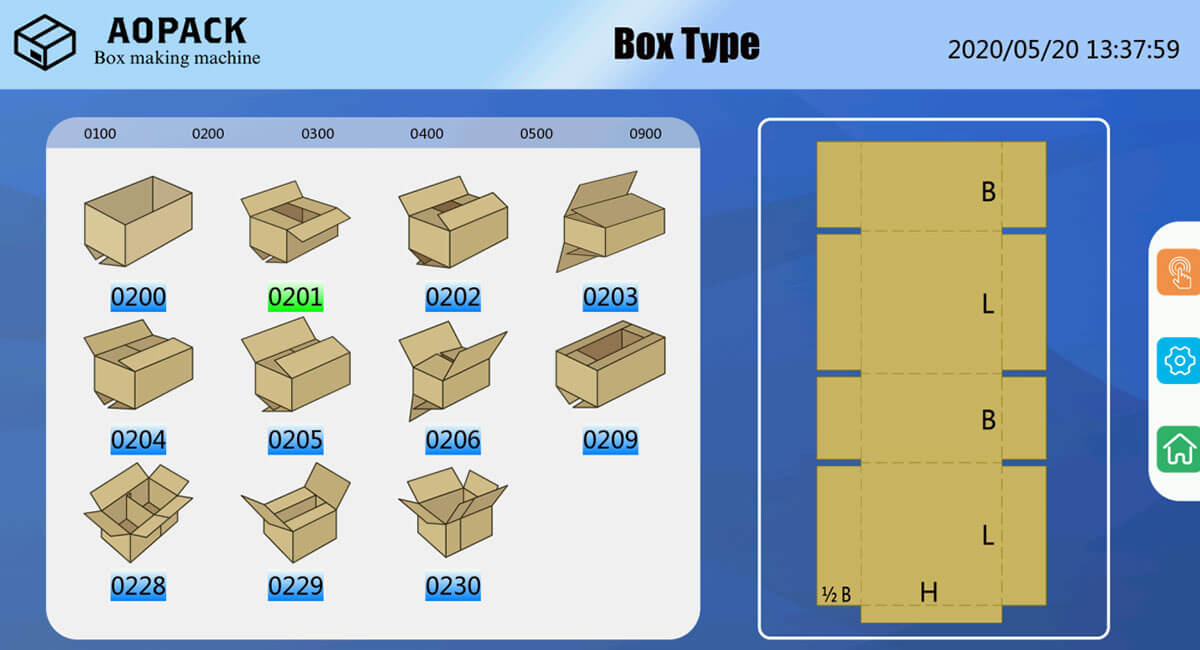
#5. Chemical sensors packaging
Chemical sensors are becoming more and more common in food packaging. This is because they can help to detect whether a food has been tampered with, and can also be used to monitor the quality of food.
A new way to wirelessly detect hazardous gases and environmental pollutants has been devised by MIT chemists. This simple sensor can be read by a smartphone, making it ideal for use in emergency situations.
These inexpensive sensors could be widely deployed, making it easier to monitor public spaces or detect food spoilage in warehouses. The researchers have demonstrated that they can detect gaseous ammonia, hydrogen peroxide, and cyclohexanone using this system.
The sensors are really cheap and you don’t have to do anything to set them up. You just come around and read them.
#6. Carbon Nanotubes
A new type of pencil lead made of carbon nanotubes has been designed by MIT chemists, allowing them to draw carbon nanotube sensors onto sheets of paper.
Carbon nanotubes are sheets of carbon atoms that can be rolled into cylinders. These materials have been shown to be effective sensors for many gases, which bind to the nanotubes and impede electron flow. However, creating these sensors requires dissolving the nanotubes in a solvent such as dichlorobenzene, which can be hazardous and unreliable.
The researchers are working on developing sensors that can detect a wide range of gases. By altering the selectivity of the sensors, they can be tailored to detect specific gases. One gas that is of particular interest is ethylene, which would be useful for monitoring the ripeness of fruit as it is shipped and stored.
#7. Optical Sensor
An optical sensor that can detect spoilage in food products is being developed to cut down waste and extend shelf life.
There is a growing trend of using optical sensors to detect spoilage in food products. Optical sensors can be used to determine the presence of bacteria, mold, or other contaminants that could make food unsafe to eat. Optical sensors are also becoming increasingly popular for use in packaging as they can be used to monitor the condition of food products while they are stored.
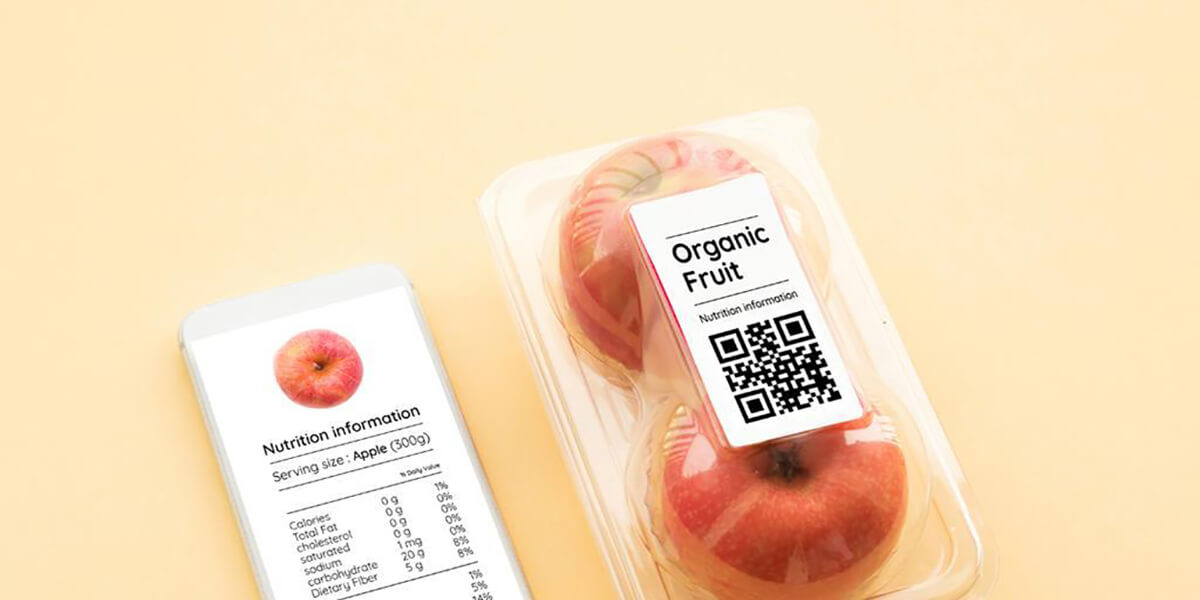
#8. Spoilage and contamination sensor
A silk microneedle array could be used to help prevent outbreaks and avoid food waste.
A team of MIT engineers has designed a Velcro-like food sensor made from an array of silk microneedles that can pierce through plastic packaging to sample food for signs of spoilage and bacterial contamination.
The sensor’s microneedles are molded from a solution of edible proteins found in silk cocoons, and they are designed to draw fluid into the back of the sensor. The sensor is printed with two types of specialized ink: one that changes color when in contact with the fluid of a certain pH range, indicating that the food has spoiled; and another that turns color when it senses contaminating bacteria such as pathogenic E. coli.
The researchers attached the sensor to a fillet of raw fish that they had injected with a solution contaminated with E. coli. After less than a day, they found that the part of the sensor that was printed with bacteria-sensing bioink turned from blue to red — a clear sign that the fish was contaminated. After a few more hours, the pH-sensitive bioink also changed color, signaling that the fish had also spoiled.
4) Use RFID tags and sensors to track product location and inventory levels throughout the supply chain
Frequent product recalls are costly for companies and consumers alike. By using RFID tags and sensors, food packaging can be designed to help keep track of product locations in the supply chain. This can help to prevent food safety issues and reduce the number of recalls.
RFID technology is still an expensive alternative, despite several obstacles to overcome when implementing it in certain sectors. 100% data reliability is a challenge, as is the specific limitation of short-range communication.
An RFID system consists of two components: a transponder or tag and an interrogator or reader. The transponder transmits identification information to the reader, which allows communication between the two devices. The tag then transmits information back to the reader.
5) Automate the packing process using robotics or machine learning algorithms
One of the most important aspects of food packaging is ensuring that the product arrives intact and in a safe condition. This can be difficult to achieve with manual processes, which can take many hours or even days to complete. In some cases, it may be necessary to use robotics or machine learning algorithms to automate the packing process. This can speed up the process and ensure that the product arrives safe and intact.
Packaging is one of the most important steps in the food production process. It can affect not only the taste and appearance of the food but also its safety. There are a number of different factors that can affect packaging, such as climate, product type, and packaging material. One of the most important factors is how the food is packaged.
There are a number of different types of packaging, including manual packaging, automated packaging, and intelligent packaging. Manual packaging involves putting the food into a package by hand. Automated packaging involves using machines to put the food into a package. Intelligent packaging uses algorithms to determine how to pack the food so it will be safe and taste good.
Robotics or machine learning algorithms are used to automate the packing process. This can speed up the process and ensure that the product arrives safe and intact.
4. What are the Best Intelligent Packaging Solutions?
There are many ways to improve the efficiency and effectiveness of packaging. Some common solutions include using sensors to monitor conditions such as temperature and humidity, using RFID tags or barcodes to track inventory, and using algorithms to optimize package contents for shipping. While these are all good solutions, there are a few that stand out as being particularly intelligent.
One example is Intelligent Package Insertion (IPI). IPI systems use sensors to detect when packages have been inserted into a shipping container and then activate devices within the package that can speed up the process of opening the package and delivering its contents. IPI has been shown to be more efficient than manual insertion methods and can reduce the number of errors made during shipment.
Another example is smart Shipping Containers (SSC). SSCs are containers that are equipped with sensors and tracking software that can monitor the condition of the contents and identify any issues early on in the shipping process. This allows for faster repairs or replacements, which can save both time and money.
While there are many intelligent packaging solutions available, these two examples illustrate some of the most common benefits. By using sensors to monitor conditions and track inventory, IPI and SSC systems can be more efficient and effective in shipping products. Additionally, by activating devices within packages as they are inserted into a shipping container, IPI systems can speed up.
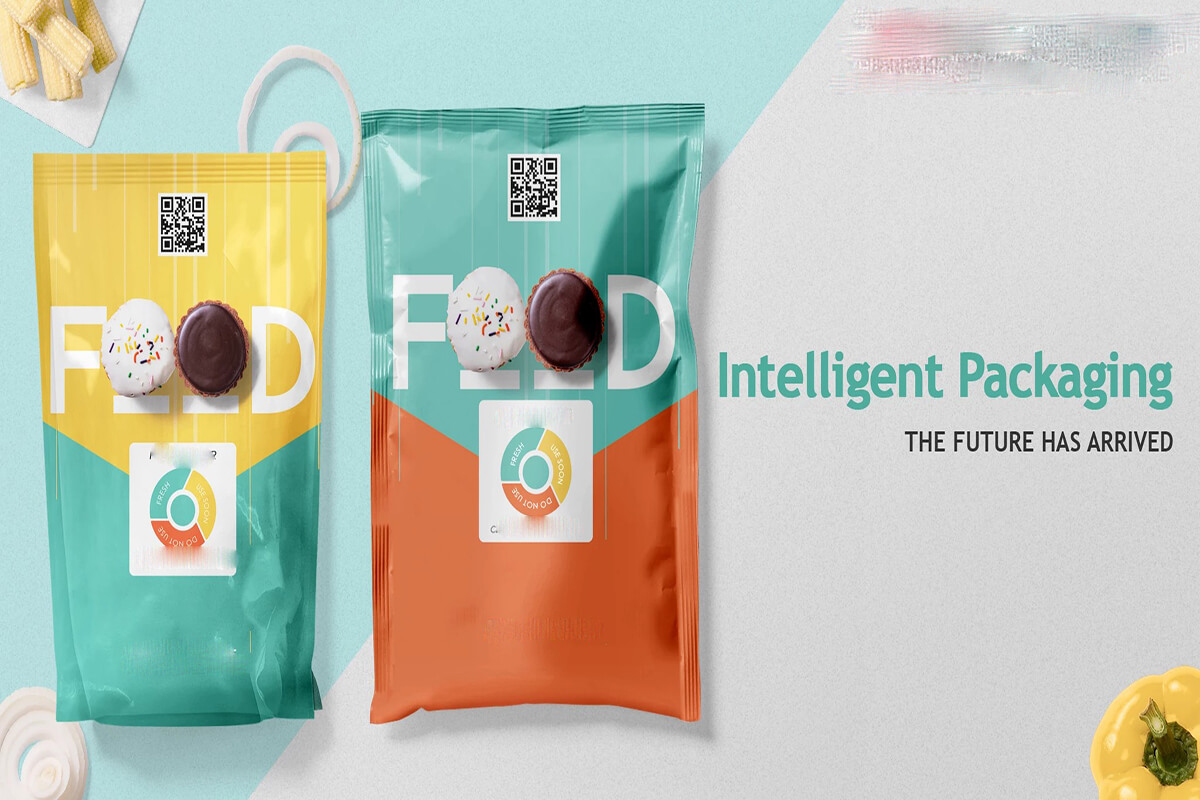
5. How to Implement Intelligent Packaging Solutions?
There are a few things to keep in mind when implementing an intelligent packaging solution. First and foremost, you need to identify the needs of your customers. This will help you determine what type of intelligence is necessary for your product. Additionally, you will want to consider the technology that is available to you and how it can be used to improve the packaging experience for your customers. Finally, it is important to develop a plan and track progress regularly so that you can ensure that your intelligent packaging solution is meeting customer needs and expectations.
Some of the key considerations for implementing an intelligent packaging solution include: -Determining the needs of your customers -Selecting the right type of intelligence for your product -Deciding on the technology that is available to you and how it can be used -Developing a plan and tracking progress regularly
6. Conclusion
There are many different types of intelligent packaging technologies on the market today, and each has its own set of benefits and drawbacks. Some common technologies include: -RFID tags: These tags can be used to track and identify products as they move through the supply chain, providing insights into inventory levels, product quality, and more. -Computer vision: This technology can be used to detect specific information on products, such as barcodes or other identifying marks. -Sensor technology: This type of technology uses sensors to detect environmental conditions (such as temperature or humidity) inside a package or container.
